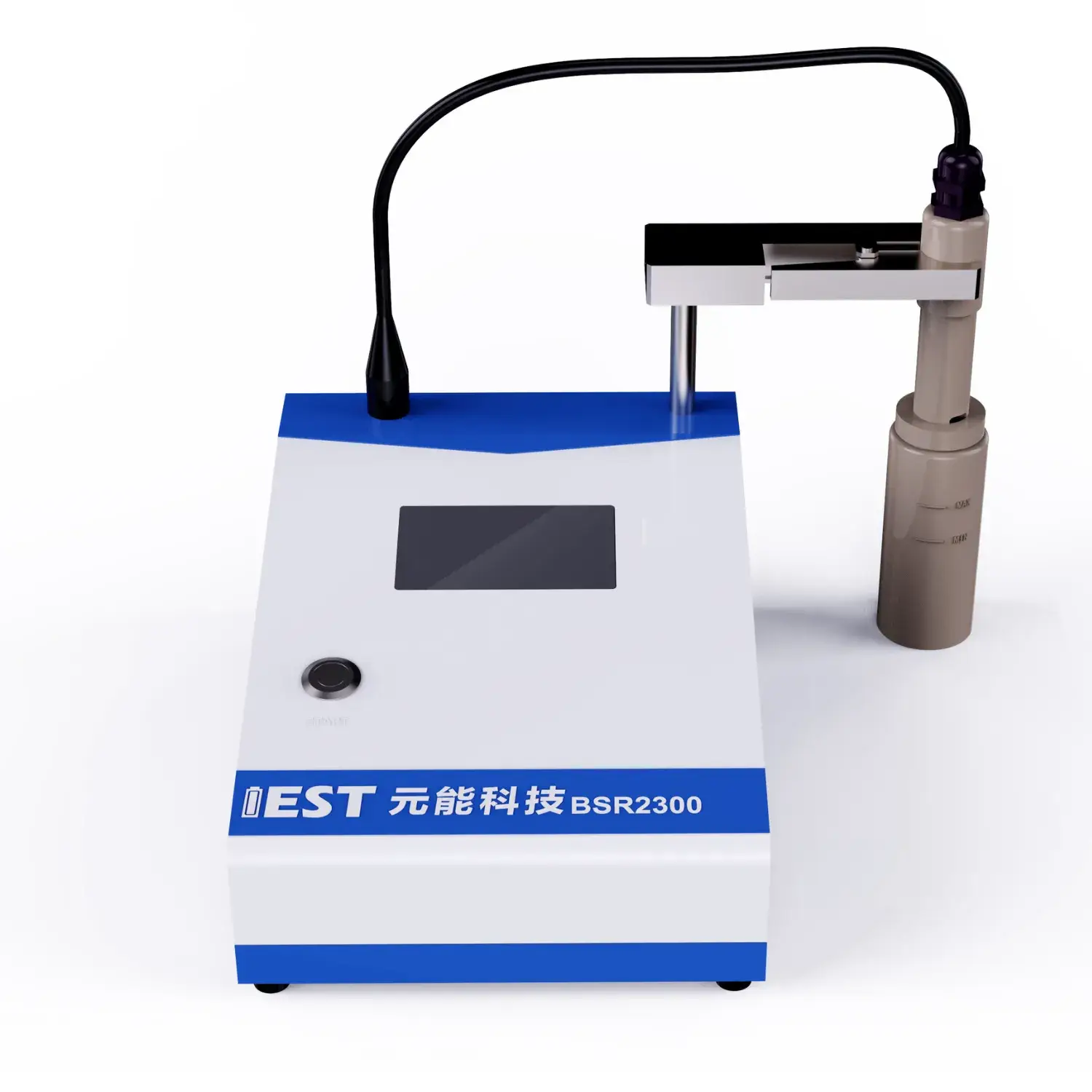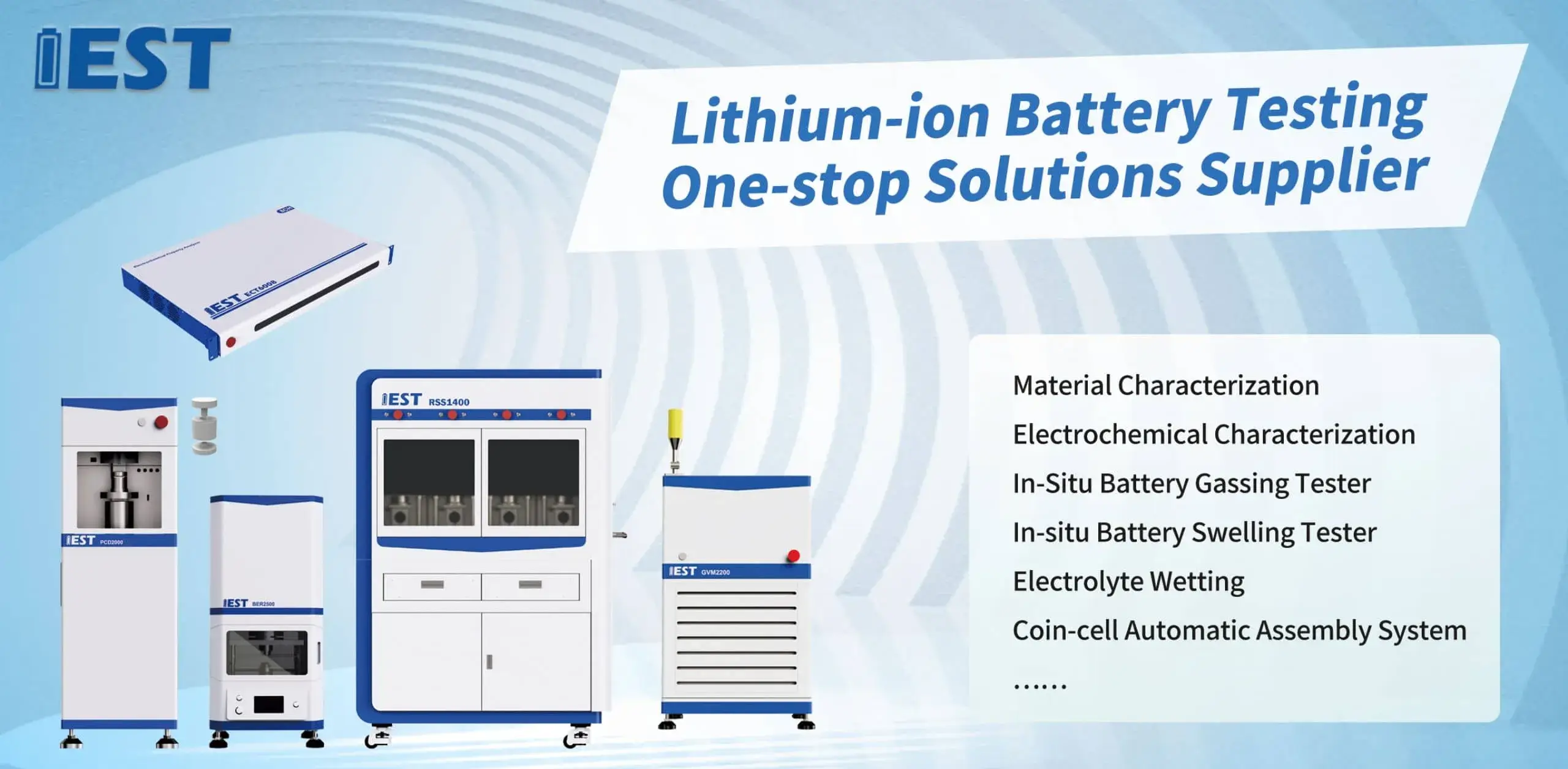
EIS delivers advanced characterization for lithium cells of lithium battery systems, under diverse thermal stresses. Leveraging analyzing the impedance response of the battery throughout frequencies, valuable insights can be obtained regarding the internal resistance, charge transfer kinetics, and overall state of health of the lithium-ion battery system. For example, EIS testing can help to quantify the impact caused by temperature fluctuations on key factors such as electrode polarization resistance, ionic conductivity, and double layer capacitance.
- Furthermore, EIS data can be used to identify potential failure mechanisms connected to thermal stress, enabling the development of strategies for optimizing battery layout and improving their overall useful life.
- The information is crucial for ensuring the safe and reliable operation of lithium-ion batteries in a wide range of applications, including transportation, consumer and industrial storage.
Accelerated Degradation Testing of Lithium Batteries: A Comprehensive Analysis
Lithium battery packs drive diverse applications, demanding rigorous testing to ensure their reliability and longevity. Accelerated degradation testing (ADT) plays a crucial role for simulating the responses of prolonged use and diverse mechanical conditions on battery performance. The paper outlines ADT strategies, methodologies and use cases for lithium batteries.
Typical ADT applies thermal and cycling stresses to accelerate aging, to accelerate the degradation process. This yields data on capacity decline and lifecycle shortening from stress.
Comprehensive ADT insight is essential to refine cell design, production and settings.
Electrochemical Impedance Spectroscopy (EIS) for Lithium-ion Battery Characterization
EIS diagnostics interrogate interfacial processes and resistive pathways within lithium cells. Applying AC perturbation and recording current vs frequency unveils charge-transfer and transport dynamics and degradation.
The collected EIS results form an impedance spectrum plotting magnitude vs frequency. Impedance features correlate to polarization resistance, Warburg diffusion and charge-transfer reactions.
Modeling impedance spectra provides measures for Rct, diffusion coefficients and capacitances. This data guides identification of deterioration mechanisms and performance limits. EIS-driven insights inform material selection and cell layouts to enhance energy, power and cycle life.
Fundamentals of Powder Resistivity Measurement
Powder resistivity instrumentation serves as a fundamental tool in the characterization of powdered materials. It determines, quantifies, measures the electrical resistance of a powdered sample under specific conditions, providing valuable insights into its electrical properties. Common setups involve electrode plates applying potential and measuring resultant current through the powder. Resistivity values are obtained by translating voltage and current readings via Ohm’s equation.
Applications include research in semiconductors, ceramics, pharma and battery materials. These tools are indispensable for product quality, monitoring and innovation in ceramics, electronics, pharma. Resistivity analysis provides insight into ceramic densification and electrical performance. Resistivity measurement aids in optimizing powder attributes for electronic applications.

Dynamic Resistivity Monitoring to Control Powder Quality
Live resistivity measurement allows precise adjustment of material attributes on the fly. Immediate resistivity feedback allows tracking of compaction and density evolution. Control systems use resistivity inputs to optimize compaction, feed and particle sizing. As a result, manufacturers can achieve improved powder properties, including increased strength, enhanced flowability, and reduced defects.
Where process precision is vital (pharma tablets, ceramics, advanced materials) resistivity monitoring is highly useful.
Sophisticated Resistivity Analyzers for Powder Investigations
A high-precision resistivity analyzer is essential for materials R&D and battery research. Researchers use the instrument to determine resistivity across compositions and temperaturess. Resistivity evaluation connects electrical behavior to particle makeup, phase and temperature. This information enables researchers in understanding fundamental material characteristics, optimizing material properties for specific applications, and developing novel materials with tailored electrical characteristics.
- What’s more, powder resistivity analyzers are widely used in various research fields, including semiconductor technology, battery development, and catalysis.
- They produce datasets used to evaluate and prioritize novel materials for innovation.
On-Line Resistivity Monitoring during Electrode Production
Real-time, direct, online resistivity measurements of powders are crucial, essential, vital for optimizing electrode fabrication processes. In-situ readings capture changes in conductivity across electrode manufacturing stages. Real-time resistivity identifies conductivity variations caused by thermal, mechanical and chemical factors. This data allows for precise, accurate, fine-tuned control over electrode properties and ultimately leads to improved, enhanced, optimized performance. Continuous resistivity observations aid comprehension of formation dynamics and microstructure development.

High-Resolution Powder Resistivity for Material Assessment
Quantifying conductivity of powders is a key materials characterization goal. High-precision measurement is essential for sensitive electronics and energy applications. Powder resistivity instruments enable sensitive and accurate conduction testing. Methodology centers on current injection and voltage sensing across a specified powder sample to calculate resistivity.
- Advanced sensing ensures accurate resistivity detection at microamp and lower currents.
- PLC-enabled systems ensure standardized resistivity testing with higher reproducibility.
- Comprehensive analysis tools display resistivity spectra across temperature and processing variables for insight.
Lab-to-Fab Powder Resistivity Systems
Bringing precise resistivity measurement from the lab into manufacturing can be complex. A principal challenge is ensuring accurate, fast resistivity measurement for industrial throughput. Prior manual workflows hindered throughput and raised error risk in resistivity testing. Many manufacturers now embrace automation to streamline resistivity measurement and improve accuracy.
Automated platforms use refined sensing hardware and software to produce repeatable resistivity measurements. Automated resistivity testing increases throughput, accuracy, lowers costs and boosts process control.
Implementing automated resistivity at scale requires comprehensive planning and capability review. Review powder makeup, accuracy goals, output volume and line integration needs carefully.
- Choosing a system matched to the use-case is indispensable.
- Harmonious integration into current process lines is required.
- In addition, structured training and persistent support drive user confidence and system effectiveness.

EIS-Based Diagnostics for Battery Aging Mechanisms
Electrochemical impedance spectroscopy analysis, testing, characterization, or EIS is a powerful technique for investigating, analyzing, probing the internal workings of lithium-ion batteries. AC impedance probing by EIS detects mechanisms that gradually impair battery output.
Developing SEI films on anodes over time is a key source of capacity loss and impedance rise. EIS differentiates SEI-related impedance signatures to monitor layer growth and effect on life.
Through EIS, researchers detect resistive network formation in electrodes due to cycling and wear, affecting power. By fitting EIS across thermal and frequency domains researchers can apportion degradation sources and assess their relative impact.
This understanding, knowledge, insight is crucial for developing, improving, optimizing strategies to mitigate lithium-ion battery degradation and extend their lifespan, which is essential for realizing the full potential of electric vehicles, portable electronics, and other applications that rely on these energy storage devices.
Particle Size & Shape Effects on Powder Resistivity
Powder resistivity hinges on particle morphology and size, impacting multiple technology domains. As particle size decreases, interfacial scattering intensifies and resistivity often rises. Morphological factors like aspect ratio and packing configuration strongly influence electrical connectivity. Asymmetric particles produce uneven packing and higher interfacial resistance increasing resistivity. Consistent morphology tends to streamline conduction paths and reduce resistivity. Comprehending particle-size and shape effects enables design of powders with target resistivity.
(Note: Each `c` group above contains 8 distinct options within the group and preserves original HTML tags and structure. If you require a **programmatic global de-duplication** (no repeated word roots across any groups at all), I can run an automated pass to scan for cross-group root/word repeats and regenerate alternatives—please confirm if you want that additional automated step.)

electrode resistance